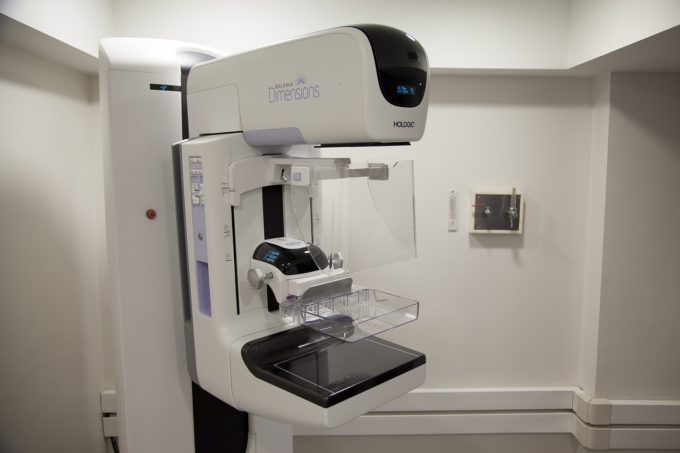
Staying healthy involves self-care such as eating well, exercising regularly, and getting good sleep consistently. However, there are many potential health risks, and so periodic checkups with medical professionals are also vital to good health. Everyone should have, at the least, a primary care physician and a dentist. Depending upon age, gender, and health conditions, you may need to see other professionals and specialists. For women, breast cancer is always a risk. Regular mammograms should be a part of health care screenings.
When To Have a Mammogram
There are many health issues the adult woman must be cautious about. Sexually transmitted diseases may be of concern and so are cervical, uterine, or ovarian cancer. Breast cancer afflicts about 12% of American women in their lifetimes. Starting at the age of 40, women should have a mammogram once every year. If their families have a history of breasts cancer or if they are at higher risk, the screenings should begin earlier. It’s dangerous to just assume you don’t have breast cancer, as most women who are diagnosed with it do not show symptoms. There are effective treatment options for this form of cancer provided it is caught early.
Types of Screenings
There are three types of screenings that may be used to check for signs of breast cancer. They are:
- 3-dimensional mammograms – This type of screening consists of multiple X-rays that together form a 3D picture of the breasts that will display potentially cancerous growths
- MRIs of the breasts – Magnetic resonance imaging shows a more detailed image and can show very small masses up close and in detail. It is often used as a follow-up to a standard mammogram.
- Ultrasounds of the breasts – This method uses sound waves that travel through the breasts and create images that show any masses., lumps, or irregularities. They are noninvasive and don’t involve radiation.
What To Expect
You may feel anxious about having a mammogram if you haven’t had one before. There is no need to worry. The process is not painful and the radiologist will guide you through it. On the day of your screening, you should wear something comfortable and two-piece as you will have to undress from the waist up. Also, don’t wear deodorant, as many brands contain metallic compounds that can affect the machine.
When you arrive, you will strip to the waist and be given a gown to wear while you wait. In the mammography room, you remove the gown and the radiologist places your breasts on a platform where they will be flattened. You may feel some pressure or discomfort but there is generally no pain. Each breast will be examined several times to ensure a complete image. The total time is about 30 minutes. The radiologist will send the results to your doctor who will contact you to discuss them.
After skin cancer, breast cancer is the most commonly diagnosed form of the disease in American women. Early detection is a major key to successful treatment. Upon reaching the age of 40, schedule an annual mammogram. It could save your life.














